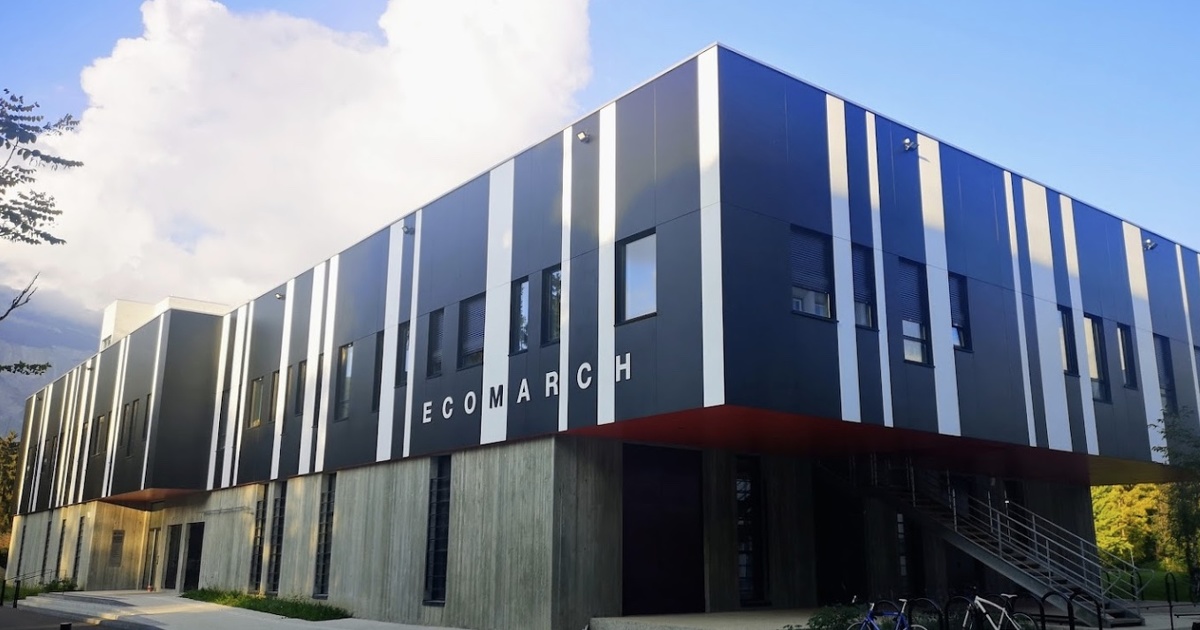The Polytechnic Institute of Grenoble is equipped with a new tomographic atomic probe. Its objective, among other things, is to characterize defects in mixed metals during recycling, with unparalleled precision.
Recycling remains essential, but not always without consequences. Some materials, if they are poorly sorted and therefore end up mixing during recycling, are no longer as efficient as when they were first manufactured. The internal architecture of the material resulting from these involuntary mixtures is not always easy to determine, any more than the failures it generates in terms of properties. To avoid these pitfalls, researchers at the Science and Engineering of Materials and Processes laboratory (Simap) at the Polytechnic Institute of Grenoble (member of the Grenoble-Alpes University), are relying on a exceptional equipment : a state-of-the-art tomographic atomic probe.
On December 15, 2022, Grenoble INP-UGA announced the first french project acquisition of such a machine: a Leap 6000 XR ordered from the French company Cameca, a subsidiary of the American company Ametek, accompanied by the focused ion probe (or focus ion beam , FIB), to prepare the material samples to the desired size (i.e. a few tens of nanometers). The Auvergne-Rhne-Alpes Region financed this project, to the tune of 4.2 million euros, as part of its 2021-2027 State-Region plan contract (CEPR).
The Leap 6000 XR tomographic atomic probe.
© Cameca / Ametek
This probe, which is scheduled to be installed in May 2023, will be able to determine, in a few hours, the spatial distribution of ten hundred million atoms in a material. By combining electric pulses with laser pulses of the order of a femtosecond (i.e. a millionth of a billionth of a second), it applies an electric field to the surface of the material which tear off the atoms one one according to their chemical nature, explains Alexis Deschamps, professor at Simap and leader of this acquisition project. This operation makes it possible to know the position of each atom and to reconstruct in three dimensions their configuration in the material. It thus illustrates not only the exact composition of the latter but also, consequently, its faults.
Diagnosing Recycling Poisoning
Armed with this technology, Simap researchers will soon be able to continue and improve their work on characterizing the poisoning rate recycled metals – work already begun, for some, with the Materials Physics Group at the University of Rouen or the Max-Planck Institute in Germany. This notion of poisoninvoked by Alexis Deschamps, reveals the mechanical or thermal harmfulness of defects and impurities accumulated by metals, such as aluminium, iron and copper, mixed inadvertently during their sorting, then their recycling. Determining as finely as possible the structure of such materials will allow us, on the one hand, to identify the exact nature of this “poisoning” and, on the other hand, to evaluate the acceptable limits of these mixtures in terms of degradation. properties and performance. It is essential to act ensuite on recycling methods but also on the safe reuse of these materials.
If research on recycled metals seems to be a priority, the Grenoble researcher also aims to use this tomographic atomic probe for other purposes, in particular concerning the impact of hydrogen at the crystalline scale. The size of a proton, this element infiltrates everywhere, even into the structure of the metallic conduits that contain it.recalls Alexis Deschamps. To identify ways to improve their sustainability, we need to study the damage caused by hydrogen on the smallest possible scale.
Article published on January 18, 2023


